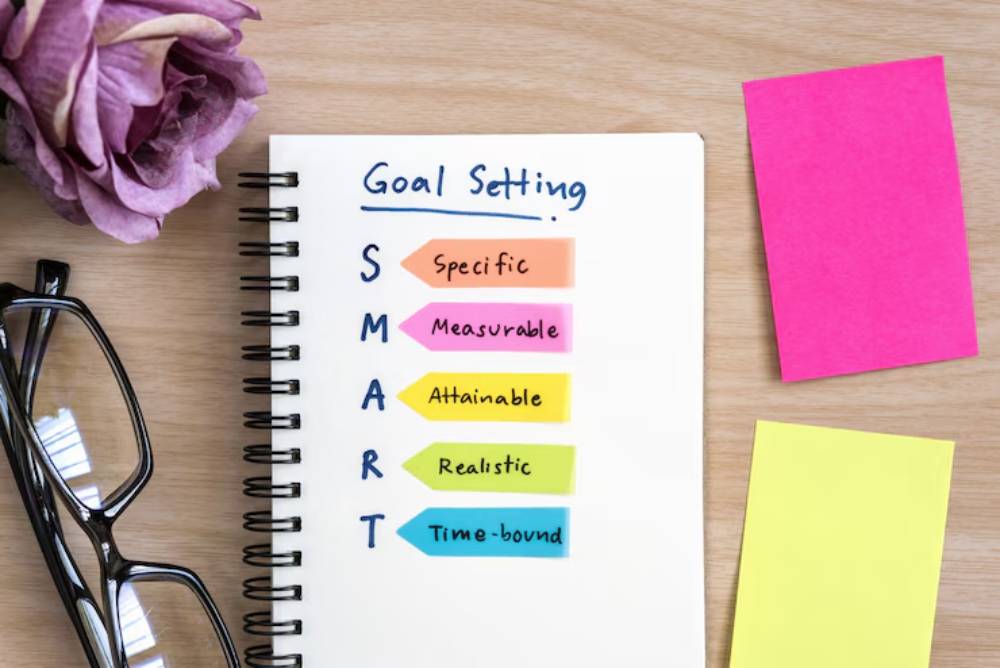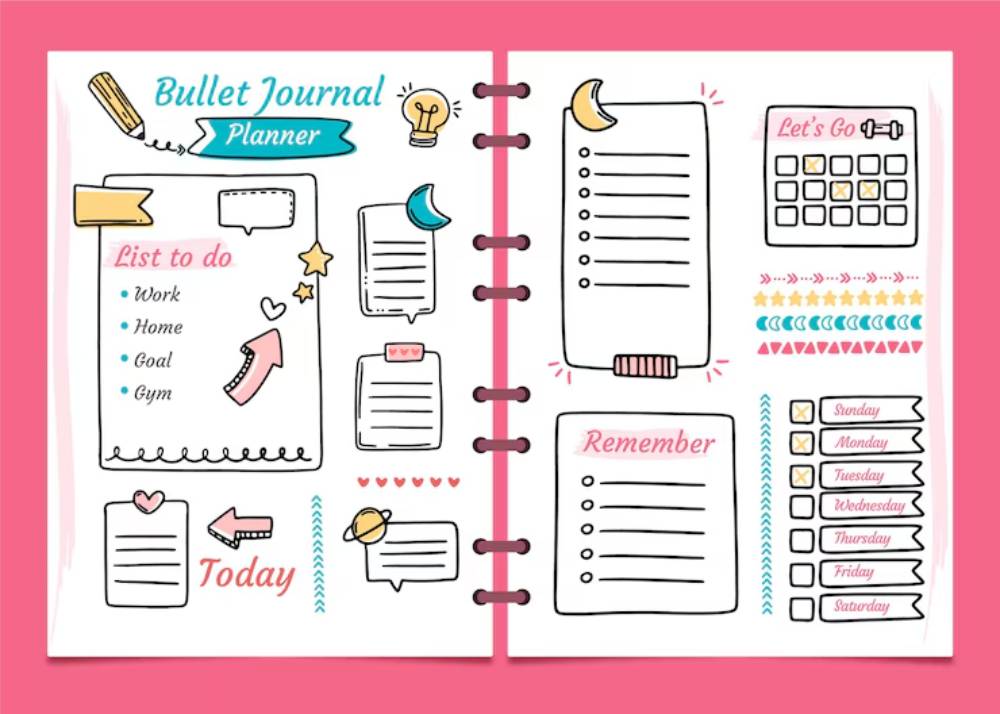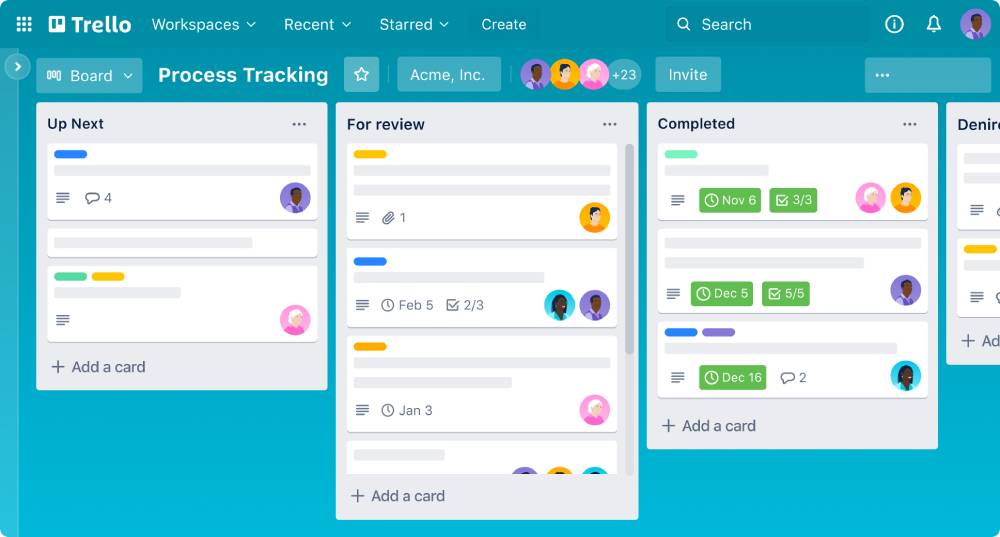
Goal-Tracking Methods for Sustainable Success
We all set goals. Be it to run a marathon, start a business, or finally clean out that garage, the rush of starting a new goal is undeniable. But here’s the thing: making goals is a breeze; the hard part is getting them done. Goals are the foundation we build towards things we want in life.
In our day and age of distractions galore, without a concrete way to track progress, we can quickly become unmotivated, forget our original intention, or just quit. This is where method goal-tracking comes in. These systems keep you focused, organised , and heading in the right direction.
This post will discuss proven goal-tracking methods, the proper methods to choose, and the best productivity tools you can use to ensure your success. Whether you’re a student, entrepreneur, or someone who continues to develop individual skills, you’ll find something here.
Why Goal Tracking Matters
Turning Intentions into Results
It’s not enough to want something—you need a roadmap. Goal tracking bridges the gap between intention and execution. It holds you accountable and creates a visual representation of progress.
Psychological Benefits
Research suggests that tracking progress boosts motivation. Each time we check off a task or hit a milestone, the brain releases dopamine, a feel-good chemical. This positive reinforcement encourages consistent action.
Boosting Productivity
When your goals are tracked and broken down into manageable tasks, you waste less time deciding what to do next. Instead, you move from task to task with clarity and purpose.
SMART Goals: The Foundation of Tracking

Before diving into tracking methods, it’s crucial to set goals properly. The SMART framework ensures goals are:
- Specific: Clear and well-defined.
- Measurable: Quantifiable to track progress.
- Achievable: Realistic given time and resources.
- Relevant: Aligned with your broader objectives.
- Time-bound: Set within a deadline.
Example: Rather than saying, “I want to get fit,” say, “I want to run 5K three times a week for the next three months.”
Popular Goal-Tracking Methods

1. Bullet Journaling
This analogue method has taken the productivity world by storm. It’s a customisable system where you:
- Log daily/weekly/monthly goals
- Track habits and mood
- Reflect regularly on wins and setbacks
Best for: Creative thinkers, journal lovers, and those who enjoy physical writing.
2. Habit Trackers
It’s excellent for building consistency. Habit trackers use grids or calendars to mark off daily actions. Think of it as visual momentum—don’t break the chain!
Best for Health routines, language learning, or any goal that thrives on repetition.
3. Kanban Boards
Originating from lean project management, Kanban boards break tasks into columns like “To Do,” “Doing,” and “Done.”
Best for: Professionals juggling multiple projects or entrepreneurs building workflows.
4. Time Blocking
Assign specific tasks to specific blocks of time in your calendar. This method encourages deep work and minimises context switching.
Best for: Time-sensitive goals and busy professionals.
5. Weekly/Monthly Reviews
Regular check-ins help you assess progress, identify blockers, and reset intentions. Use templates or simple notes to reflect and plan.
Best for: Long-term goals that need regular recalibration.
Digital Tools for Goal Tracking
1. Notion
A customisable workspace where you can build trackers, to-do lists, and dashboards.
Features:
- Templates for goals, habits, and projects
- Linked databases for tracking everything in one place
- Aesthetic layouts that make tracking enjoyable
2. Trello

This visual tool uses Kanban boards and cards to manage tasks and progress.
Features:
- Drag-and-drop ease
- Integration with apps like Slack and Google Drive
- Team collaboration functionality
3. Todoist
Simple and sleek, Todoist helps with daily task management linked to larger goals.
Features:
- Priority labelling
- Progress visualisation with “karma” points
- Recurring task scheduling
4. Google Sheets or Excel
It’s old-school but effective. Spreadsheets allow total flexibility in creating your trackers.
Features:
- Custom formulas
- Colour coding
- Progress charts
5. Habitica
Turn goal-tracking into a game. Habitica gamifies your habits by awarding points and levelling up your avatar.
Features:
- Great for habit formation
- Social accountability via groups
- Fun, RPG-style tracking
Making Goal Tracking Stick
Set Milestones
Break larger goals into smaller, time-bound chunks. Each milestone should feel like a mini-win.
Celebrate Progress
Don’t wait until the end to celebrate. Reward yourself for consistent effort. This maintains motivation.
Build It Into a Routine
Goal tracking should be a seamless part of your day or week. Attach it to an existing habit, like your morning coffee or Sunday planning.
Stay Flexible
Life happens. Adjust your goals as needed. Flexibility prevents burnout and keeps the journey sustainable.
Find an Accountability Partner
Share your goals with someone you trust. Regular check-ins provide motivation and external accountability.
Common Goal-Tracking Pitfalls (and How to Avoid Them)
Perfectionism
Waiting for the perfect plan delays action. Start small and improve as you go.
Overloading
Setting too many goals at once leads to overwhelm. Focus on 2-3 at a time.
Neglecting Review
Without reflection, it’s easy to veer off track. Schedule weekly or monthly reviews to realign.
Ignoring Emotional Drivers
If a goal doesn’t emotionally resonate, it won’t stick. Dig deep and understand your “why.”
Real-Life Success Stories
Case Study: Emma’s Career Leap
Emma, a marketing executive, tracked her career development using SMART goals and Trello. By mapping out weekly actions and networking targets, she landed her dream job within six months.
Case Study: Raj’s Health Journey
Raj struggled with consistency in his fitness routine. By adopting a habit tracker and rewarding himself for streaks, he maintained a workout habit for a year.
Case Study: The Student Planner
As a university student, Liam used Notion to track assignment deadlines, study sessions, and exam prep. His grades improved dramatically due to his organised and proactive approach.
Addressing Common Questions
Q: What’s the best method for someone new to goal tracking?
A: Start simple. A habit tracker or weekly review journal is easy to implement and build upon.
Q: How often should I review my goals?
A: Weekly reviews work well for most. Monthly deep dives are great for long-term vision checks.
Q: Can I combine different goal-tracking methods?
A: Absolutely. Many people use digital tools alongside analogue methods like journaling for a well-rounded system.
Q: What if I lose motivation halfway through?
A: Reconnect with your “why.” Adjust your strategy, reduce overwhelm, and seek support.
Your Blueprint for Sustainable Success
Tracking your goals is not just about checking boxes. It’s about creating a successful structure that is durable enough to last a lifetime and unique to your lifestyle, perspective, and goals. The right approach to goal-tracking can take even the most ambitious dreams and break them down into manageable, step-by-step progress.
It doesn’t matter if you subscribe to a minimalist bullet journal or a full-featured digital dashboard — what matters most is consistency. Choose a structure that works for you, make check-ins part of your routine, and celebrate every step forward.
Ready to turn your goals into achievements? Start small, stay consistent, and watch what unfolds. If you found this helpful guide, share it with a friend or colleague who could use a productivity boost!
Start tracking. Stay winning.


